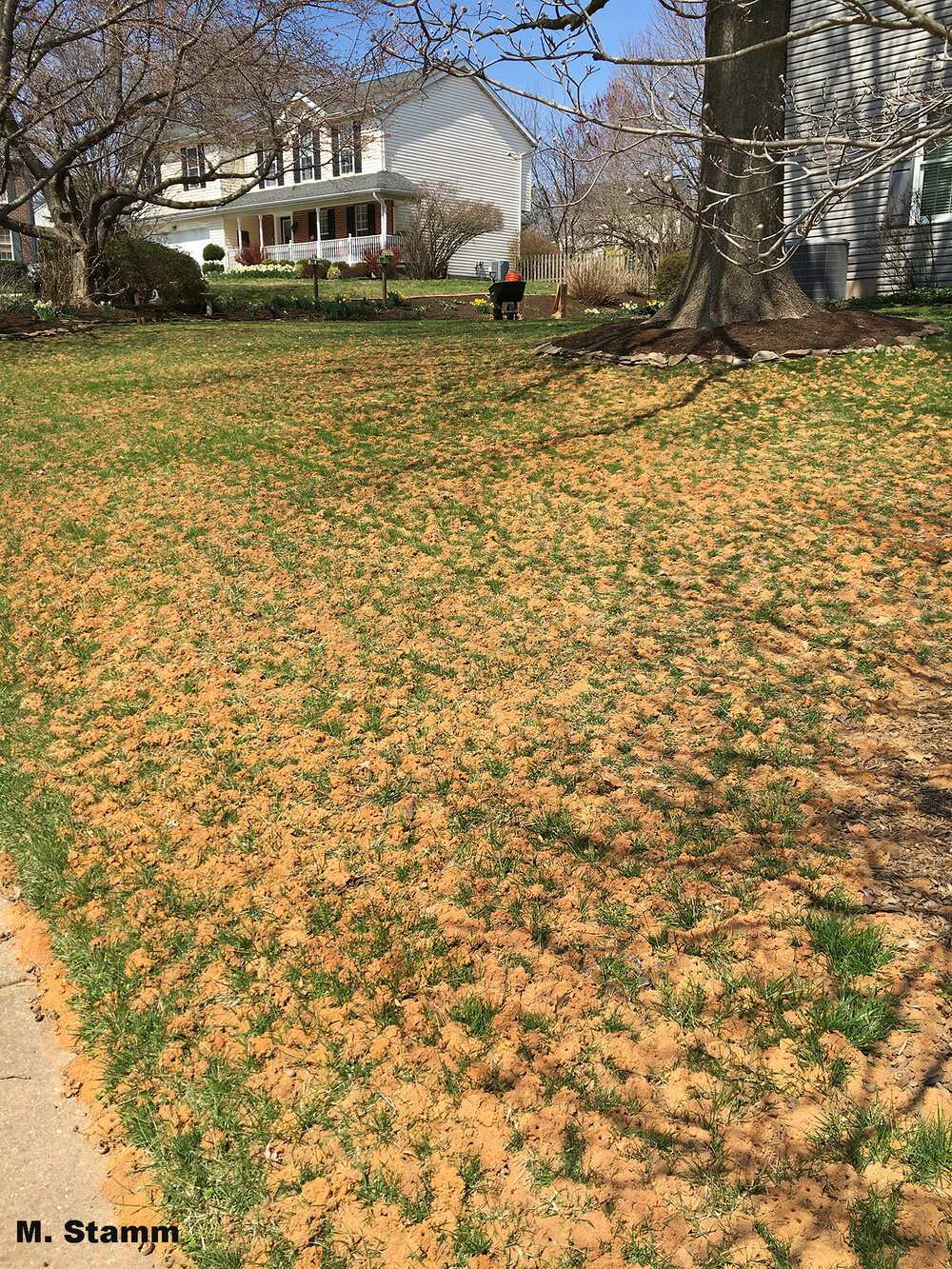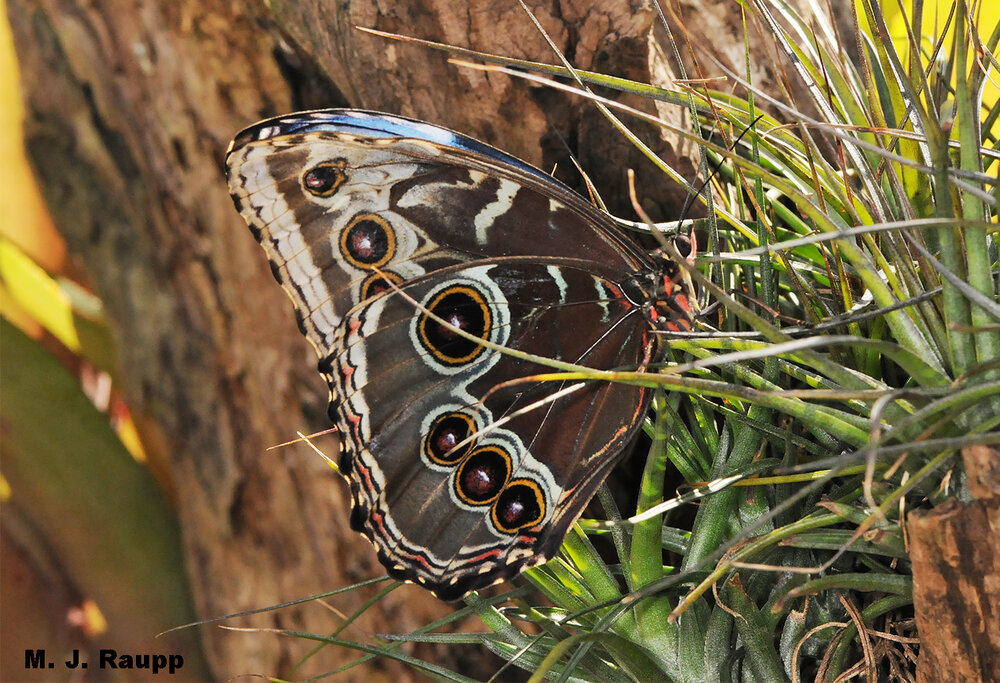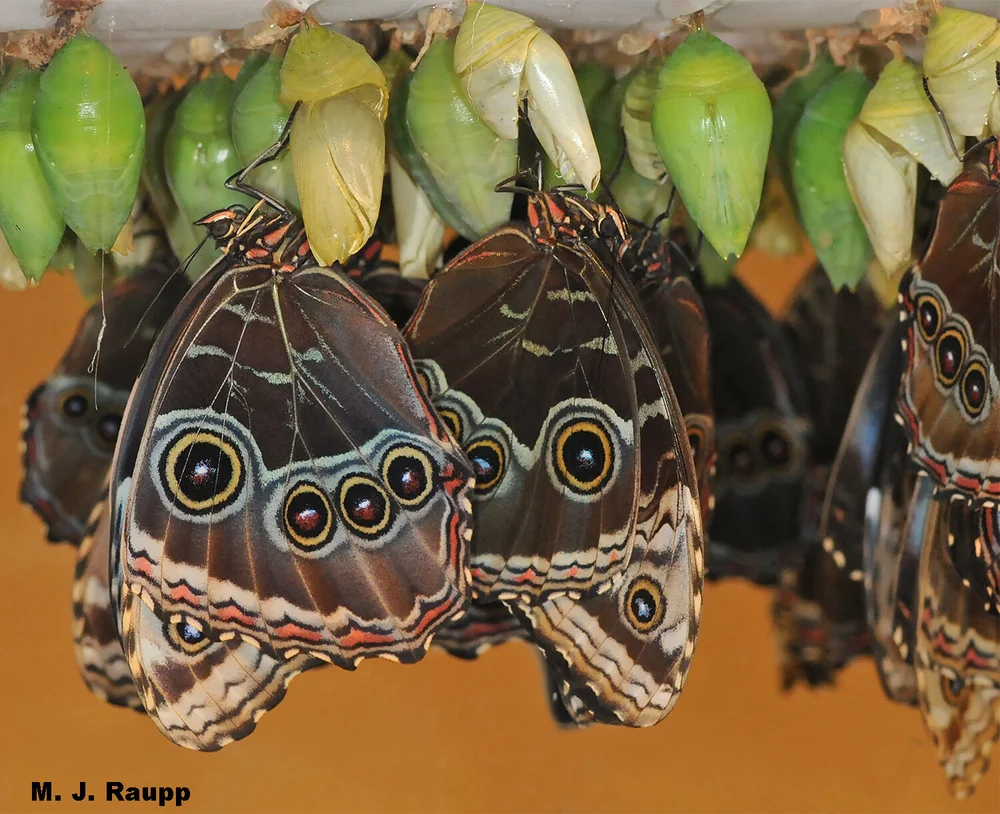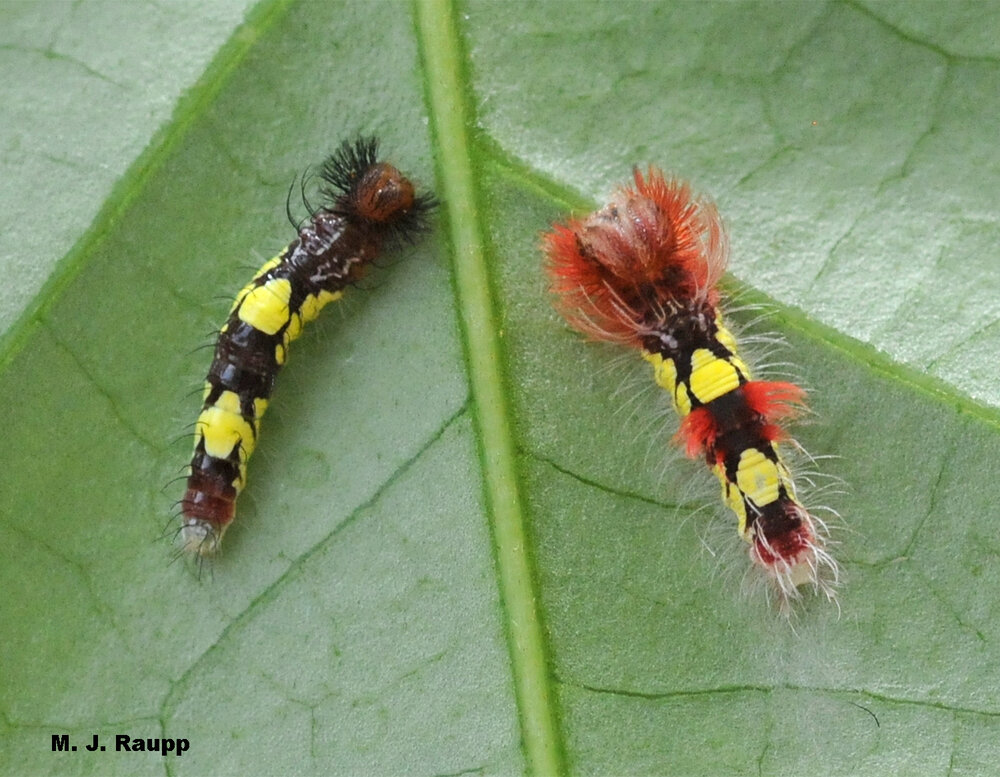Ground nesting bees beware of blister beetles – Meloe spp.
Large blister beetles in the genus Meloe, sometimes called oil beetles, find noxious Jimson weed a tasty treat.
A few weeks ago, we visited with pretty ground nesting bees as they built and provisioned subterranean burrows in which to raise their broods. One might think that an underground bunker is a pretty safe place to raise a family. Ah, but a clever beetle lives in the neighborhood of ground nesting bees and targets the bees’ babies as meals for her own young. During the past two weeks, I have seen large iridescent blister beetles patrolling my lawn and lurking near my colony of mason bees. Adult blister beetles are not to be taken lightly by ground nesting bees or by humans. If handled roughly or crushed against your skin, blister beetles release blood laced with potent irritants called cantharidins. They can exude this blood as a potent defense against predators. Upon contacting human skin, these compounds raise nasty looking blisters. Blister beetles consuming plants in meadows have been inadvertently bailed in hay and fed to horses and other farm animals with lethal outcomes.
Yellow droplets at the leg joints of the blister beetle can produce large blisters if they contact your skin.
Blister beetles are also the source of the aphrodisiac and medicinal compound called Spanish fly. The term Spanish fly references a particularly beautiful European species of blister beetle, Lytta vesicatoria, from which cantharidins are extracted. Much lore surrounds the use of cantharidins as potions of love, healing, and death. Love potions concocted with Spanish fly are said to be potent aphrodisiacs. One remarkable tale I stumbled across told the story of a gathering hosted by the infamous Marquis de Sade. To liven things up a bit, the Marquis slipped the guests a little Spanish fly on some sweets. Unfortunately, he miscalculated the effective dose and rather than arousing his guests several were poisoned and died. Spanish fly was also used as a medicinal in America’s revolutionary era. The father of our nation, George Washington, had a most disagreeable encounter with Spanish fly. After taking ill, President Washington was near death on December 14, 1799. As was common medical practice at the time, Spanish fly was applied to his neck in an attempt to “draw out” the inflammation. The Spanish fly therapy and four bloodlettings on the same day proved a bit too much for our ailing founding father. He expired.
Other than packing a nasty wallop of poisons, adult blister beetles live rather placid lives munching leaves or eating pollen. Adult blister beetles consume a wide variety of leafy plants including buttercups, potatoes, mustard greens, beets, and Jimson weed. The larvae of blister beetles are another matter. They are enemies of other insects, including solitary bees such as plasterer bees we met in a previous episode. A sunny backyard hillside sparsely cloaked in grass has become the residence for several species of ground nesting bees at my home. Several years ago, I watched one beetle with a particularly bulbous abdomen spend more than half an hour scooping soil to enlarge a burrow in the earth. When the hole was large enough to accommodate her magnificent rear-end, she turned about and wedged her abdomen into the earth. Although I did not excavate the gallery to confirm what had occurred, according to the literature I am reasonably certain that she deposited her load of eggs into the gallery. When I returned awhile later, she had vanished, having completed her task and carefully sealed the hole with soil.
The spring crop of blister beetles has arrived and they’ve been checking out my mason bee colony and prowling around my yard. Years ago, I watched a female with an abdomen filled with eggs excavating a burrow on a sunny slope in my backyard. Once the hole was large enough she inserted her voluptuous rear-end into the burrow, presumably to deposit eggs. After a leisurely and lengthy period, she unplugged herself from the earth and sealed the egg chamber with soil.
After hatching from eggs deposited in the ground, tiny blister beetle larvae called triungulins get busy finding food. In species of Meloe, finding food begins by scaling a nearby blossom to await a visit by a female bee seeking nectar and pollen. When a bee arrives at the flower, the triungulin rears-up and grasps the hairs of the bee with specialized claws on the tips of its tiny legs. The mother bee unwittingly delivers the blister beetle larva back to her brood gallery, where it drops from her body. The triungulin descends into the gallery and consumes the pollen cakes prepared by the mother bee for her young. After the provisions are consumed, the blister beetle larva eats the baby bees – quite tragic really. Triungulins of other species of blister beetles scurry on the ground and locate nests of grasshopper eggs buried in the soil. Hungry triungulans burrow into the soil and the underground omelet becomes a banquet for the blister beetle larvae.
If you see blister beetles on plants near your home, in the meadow, or feasting on leaves of your potatoes, resist the urge to handle or eat them unless you yearn for a blistering surprise. Stay safe and take a moment to get outside and enjoy bugs.
Acknowledgements
The delightful treatise “The Bionomics of Blister Beetles of the Genus Meloe and a Classification of the New World Species” by John Pinto and Richard Selander was referenced in preparation for this episode.
This post appeared first on Bug of the Week




